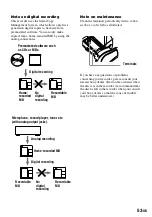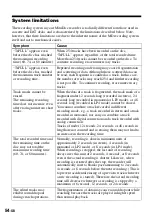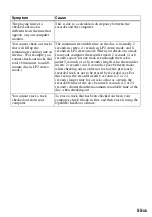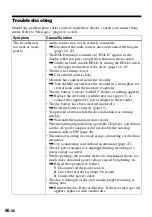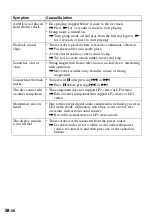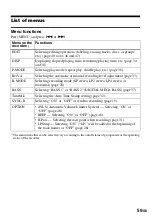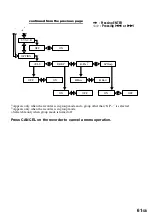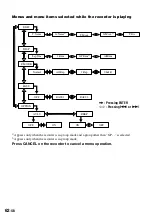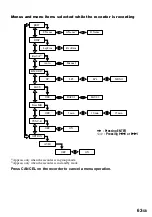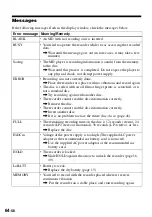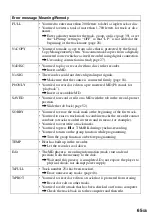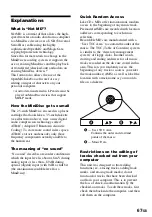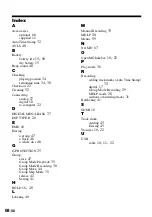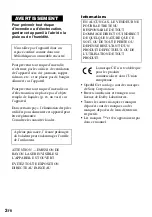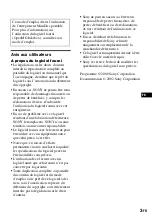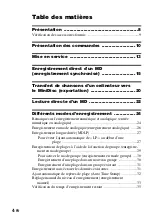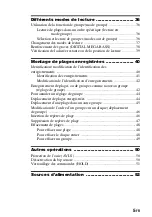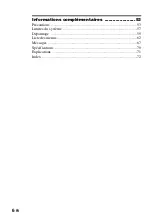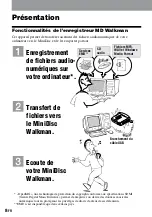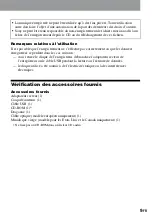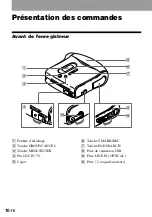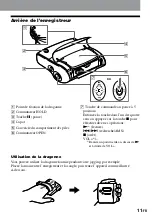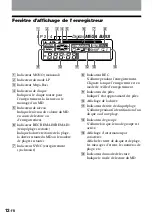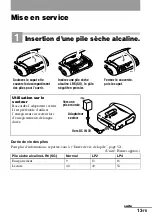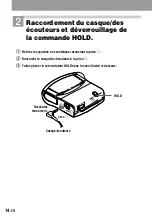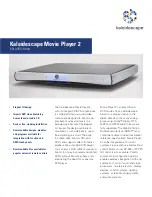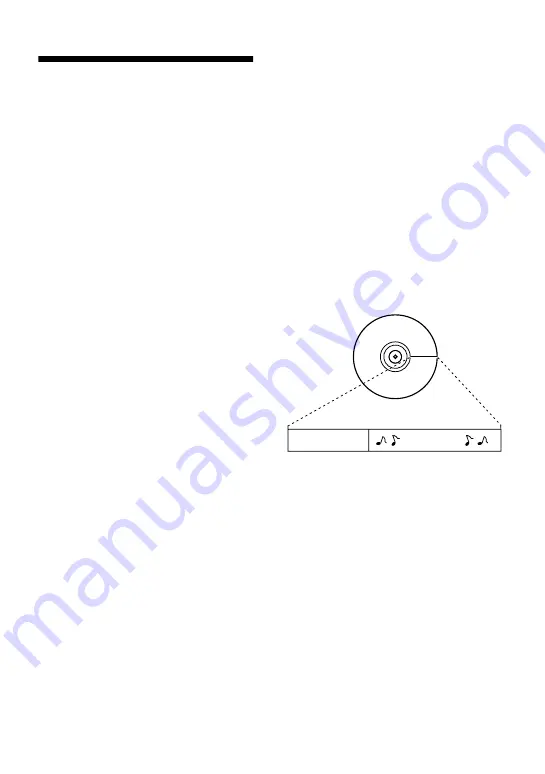
67
-GB
Explanations
What is “Net MD”?
Net MD is a format of that allows the high-
speed transfer of audio data from a computer
to a MiniDisc device over a USB (Universal
Serial Bus) cable using the highly
sophisticated OpenMG and MagicGate
copyright protection technology.
Since this format entails no change in the
MiniDisc recording system, it supports the
use of existing MiniDiscs and the playback
of transferred (checked-out) audio data on
existing MiniDisc devices.*
This format also allows the use of the
OpenMG Jukebox software for easy
editing or input of characters on your
personal computer.
∗
Audio data transferred in LP mode must be
played on MiniDisc devices that support
MDLP mode.
How the MiniDisc got so small
The 2.5-inch MiniDisc, encased in a plastic
cartridge that looks like a 3.5-inch diskette
(see illustration above), uses a new digital
audio compression technology called
ATRAC (Adaptive TRansform Acoustic
Coding). To store more sound in less space,
ATRAC extracts and encodes only those
frequency components actually audible to
the human ear.
The meaning of “no sound”
“No sound” describes a recorder condition in
which the input level is about 4.8 mV during
analog input or less than –89 dB during
optical (digital) input (with 0 dB as full bit
(the maximum recordable level for a
MiniDisc)).
Quick Random Access
Like CDs, MDs offer instantaneous random
access to the beginning of any music track.
Premastered MDs are recorded with location
addresses corresponding to each music
selection.
Recordable MDs are manufactured with a
“User TOC Area” to contain the order of the
music. The TOC (Table of Contents) system
is similar to the “directory management
system” of floppy disks. In other words,
starting and ending addresses for all music
tracks recorded on the disc are stored in this
area. This lets you randomly access the
beginning of any track as soon as you enter
the track number (AMS), as well as label the
location with a track name as you would a
file on a diskette.
Restrictions on the editing of
tracks checked out from your
computer
This unit was designed so that editing
functions (i.e., erasing tracks, adding track
marks, and erasing track marks) do not
function for tracks that have been checked
out from your computer. This is to prevent
the loss of check-in authorization by the
checked-out tracks. To edit these tracks, first
check them back into the computer, and then
edit them on the computer.
B
A
B
— Music Data
A
— User TOC Area
Contains the order and start/end
points of the music.
Summary of Contents for MZ-N1
Page 9: ...9 GB ...
Page 69: ...69 GB ...
Page 75: ...7 FR ...
Page 141: ...73 FR ...
Page 147: ...7 ES ...

